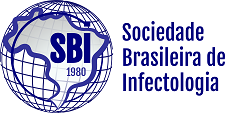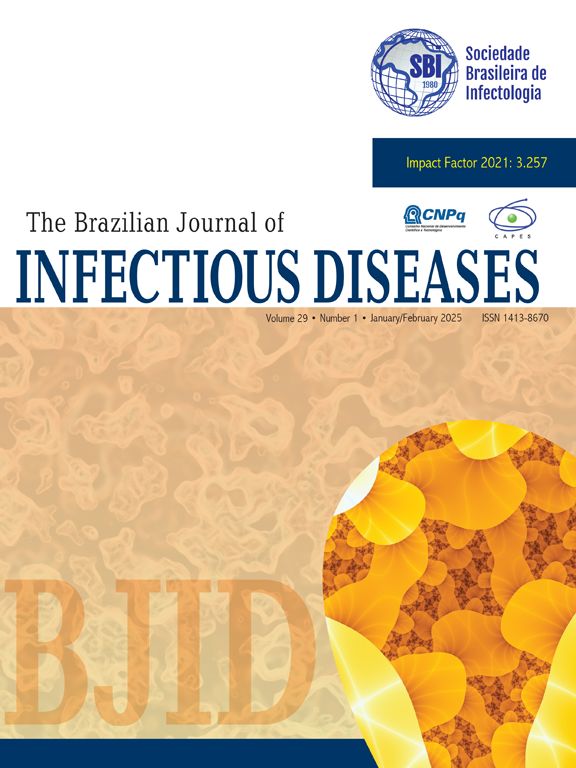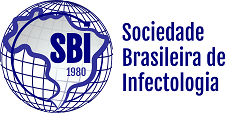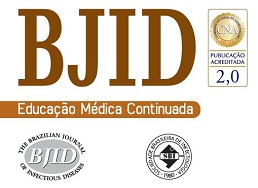Objective: Treatment of perianal abscesses requires prompt surgical drainage and antimicrobial therapy. However, we should encourage the selective use of antimicrobial agents on a case-by-case basis, especially because there is no evidence that uncomplicated perianal abscesses can be safely treated only with drainage. For this reason, it is important to identify the causative organisms; therefore, we accessed the microbiological analysis of these patients. Patients and methods: In this study, 81 consecutive adult patients with perianal abscesses, who presented at a university hospital in Diyarbakir from January 2004 to December 2006, were included. Clinical and laboratory data, and results of microbiological analysis were recorded. Results: All specimens, except seven, yielded bacterial growth. Escherichia coli, Bacteriodes spp., coagulase-negative Staphylococci, and Staphylococcus aureus were the most common isolated organisms. Conclusion: In contrast to other investigators, this study demonstrated that aerobic organisms are the predominant isolates in these infections.
The Impact Factor measures the average number of citations received in a particular year by papers published in the journal during the two preceding years.
© Clarivate Analytics, Journal Citation Reports 2025
SRJ is a prestige metric based on the idea that not all citations are the same. SJR uses a similar algorithm as the Google page rank; it provides a quantitative and qualitative measure of the journal's impact.
See moreSNIP measures contextual citation impact by wighting citations based on the total number of citations in a subject field.
See more



